Suppose we have an array with numbers between 0 and 1:
arr=np.array([ 0. , 0. , 0. , 0. , 0.6934264 ,
0. , 0. , 0. , 0. , 0. ,
0. , 0. , 0.6934264 , 0. , 0.6934264 ,
0. , 0. , 0. , 0. , 0.251463 ,
0. , 0. , 0. , 0.87104906, 0.251463 ,
0. , 0. , 0. , 0. , 0. ,
0. , 0. , 0. , 0. , 0.48419626,
0. , 0. , 0. , 0. , 0. ,
0.87104906, 0. , 0. , 0.251463 , 0.48419626,
0. , 0.251463 , 0. , 0. , 0. ,
0. , 0. , 0. , 0. , 0. ,
0. , 0.251463 , 0. , 0.35524532, 0. ,
0. , 0. , 0. , 0. , 0.251463 ,
0.251463 , 0. , 0.74209813, 0. , 0. ])
Using seaborn, I want to plot a distribution plot:
sns.distplot(arr, hist=False)
Which will give us the following figure:

As you can see, the kde estimation ranges from somewhere near -0.20 to 1.10. Is it possible to force the estimation to be between 0 and 1? I have tried the followings with no luck:
sns.distplot(arr, hist=False, hist_kws={'range': (0.0, 1.0)})
sns.distplot(arr, hist=False, kde_kws={'range': (0.0, 1.0)})
The second line raises an exception -- range not a valid keyword for kde_kws.
